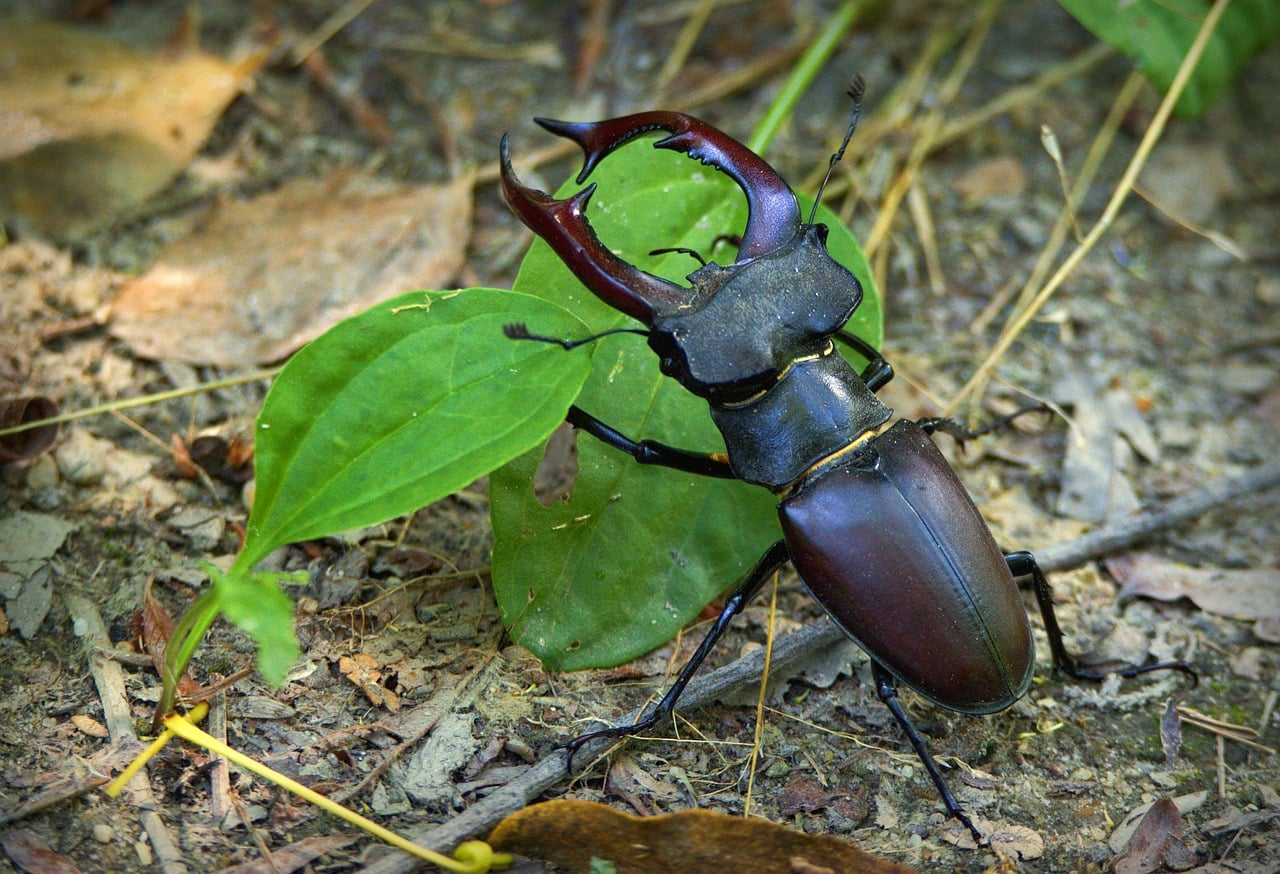Climate change has had a number of effects on our environment, causing negative change for many species. In what is good news for those afraid of insects and bad news for the insects themselves, the size of large beetles may have decreased by as much as 20% over the last 45 years.
Large Beetles
Robin Snook, an evolutionary biologist at the Stockholm University in Sweden (not involved in the study), told Science Magazine that the new work “is a powerful demonstration of how climate change is influencing this group of beetles.” The change in the size of large beetles may not seem significant in and of itself, but considering the sensitive balance of many ecosystems, the reduction in size may have dramatic effects. Considering one of the main reasons animals prey on specific species is due to size differences, a continual decrease in the size of large beetles may have a marked effect on who preys on whom as well as how many offspring each beetle can produce.
The Study
The study that found the reduction in the size of large beetles came from Michelle Tseng, an evolutionary biologist at the University of British Columbia in Vancouver. Together with her undergraduate students, they pored through all of the literature they could find regarding temperature effects on insects. Their research found that 19 of around 22 species of large beetles shrank in size when they were raised in environments that were warmer than their normal temperatures. More specifically, “ground beetles” such as tiger beetles shrank by 1% of their body weight for every 1°C increase in temperature.
Following the collection of this information, Science Magazine reports that the team used the university’s collection of roughly 600000 insects. Their research then focused on the length of the insects’ hard wing cover – the elytra – which is generally a good indication of overall size.
Five of the eight species studied had shrunk in size over the past century, according to a report from Tseng and her students in the Journal of Animal Ecology. Tseng was actually surprised by this news, thinking that the changes in the availability of food as well as how many predators were present would have a much greater effect on large beetles’ size than did climate change, but it turns out the opposite was true.
The Climate Change Disaster
With global temperatures continuing to rise, it’s clear that both large beetles and the ecosystems in which they live are threatened. Many animals are dependent on both certain temperatures in which to survive, as well as the availability of food and lack of predators. The fact that the Earth continues to heat up affects all three of these aspects, and may spell disaster for species around the world. From the polar bears dying out due to increased temperatures in the Arctic to large beetles shrinking in size, we’re starting to see the effects that decades of human influence can have on the environment. In order to protect the large beetles’ ecosystem and the world at large, rapid change will be needed in order to control emissions and keep the warming of the planet in check.





